
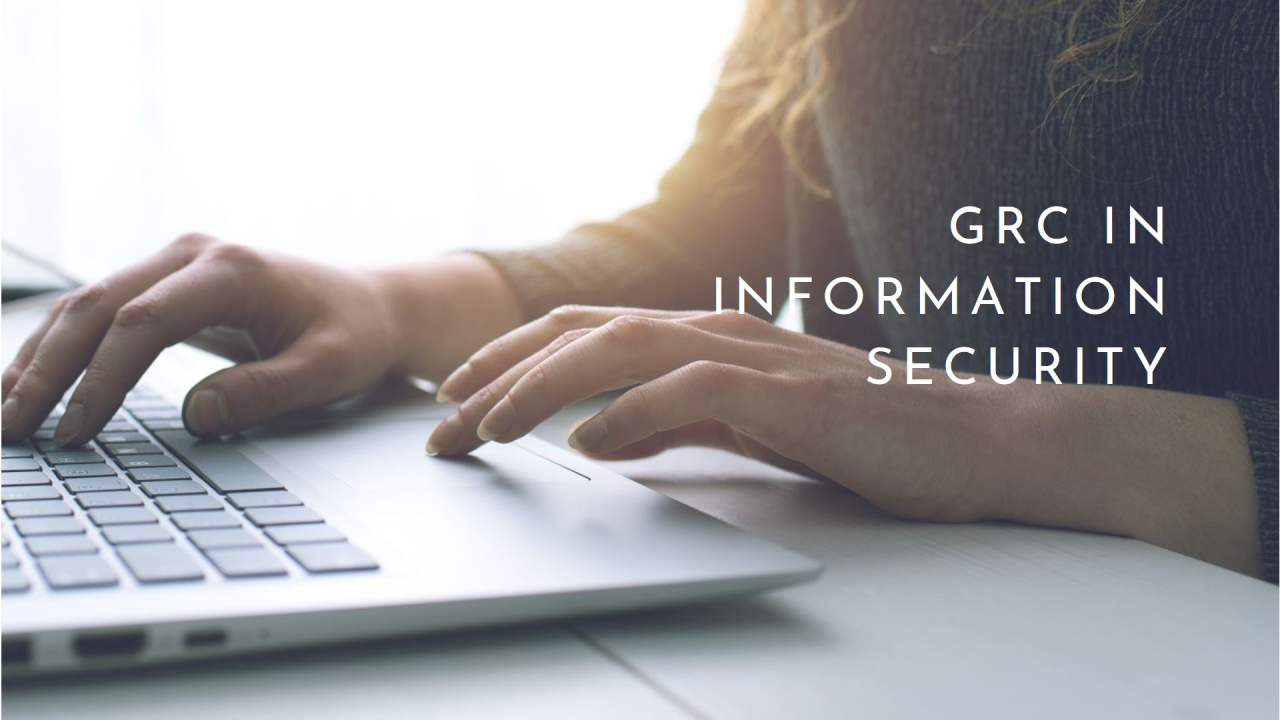
Organizations face an array of cybersecurity threats and regulatory requirements. To navigate these complexities, Information Security (InfoSec) teams adopt Governance Risk and Compliance (GRC) frameworks. GRC is a structured approach that helps organizations manage and align their security practices with business objectives, regulatory mandates, and risk tolerance. This blog will provide an overview of the key activities that InfoSec teams perform within the Governance Risk and Compliance framework.
Risk Monitoring
Risk monitoring involves continuously identifying, assessing, and tracking potential threats to the organization’s information assets. This activity includes:
- Risk Assessment: Regularly evaluating the likelihood and impact of various security threats. These risks could be due to technical vulnerabilities, process gaps or third party risks.
- Risk Register Maintenance: Documenting identified risks, their assessments, and mitigation strategies. Ensuring that there are well defined workflows internally to mitigate these risks.
- Threat Intelligence: Gathering and analyzing information on emerging threats to anticipate and prepare for potential security incidents.
Policies and Procedures Management
Policies and procedures form the backbone of an organization’s security posture. Effective management of these documents includes:
- Policy Development: Creating comprehensive security policies that outline acceptable use, data protection, access control, and incident response.
- Policy Review and Update: Periodically reviewing and updating policies to ensure they remain relevant and effective against evolving threats.
- Training and Awareness: Educating employees about security policies and their roles in maintaining security.
Audit Management
Audit management ensures that security controls and practices comply with internal policies and external regulations. Key activities include:
- Internal Audits: Conducting regular audits to evaluate the effectiveness of security controls and identify areas for improvement.
- External Audits: Preparing for and managing external audits by regulatory bodies or third-party auditors.
- Audit Reporting: Documenting audit findings and tracking remediation efforts to ensure compliance.
Exception Management
Exception management involves handling deviations from established security policies in a controlled manner. This process includes:
- Exception Requests: Allowing users to request exceptions to security policies under specific circumstances.
- Risk Assessment: Evaluating the risks associated with granting exceptions.
- Approval and Documentation: Approving, documenting, and monitoring granted exceptions to ensure they are justified and do not compromise security.
Incident Management
Incident management is the process of identifying, responding to, and recovering from security incidents. Critical steps include:
- Incident Detection: Implementing tools and processes to detect security breaches and anomalies.
- Incident Response: Establishing a response plan that outlines roles, responsibilities, and procedures for addressing incidents.
- Post-Incident Analysis: Conducting root cause analysis and implementing corrective actions to prevent future incidents.
User Access Management
User access management ensures that users have appropriate access to information and systems based on their roles. Key components are:
- Access Control Policies: Defining and enforcing policies for user authentication, authorization, and access privileges.
- Identity Management: Managing user identities and their access rights throughout their lifecycle within the organization.
- Access Reviews: Conducting regular reviews of user access rights to ensure compliance with policies and to detect any unauthorized access.
Conclusion
Governance, Risk, and Compliance activities are essential for maintaining a robust information security posture. By diligently monitoring risks, managing policies, conducting audits, handling exceptions, responding to incidents, and controlling user access, InfoSec teams can protect organizational assets, comply with regulations, and mitigate security threats. Adopting a comprehensive GRC framework not only strengthens security but also enhances the overall resilience and reputation of the organization.
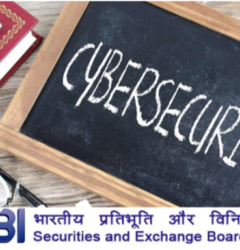
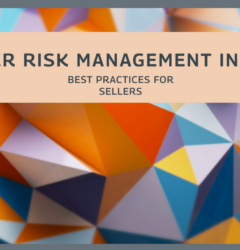

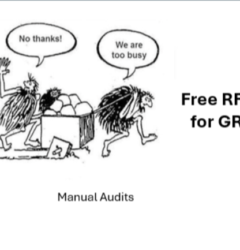
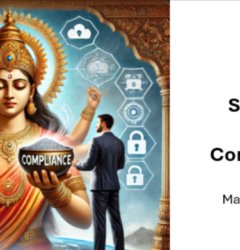
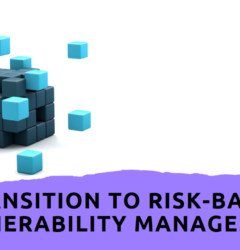

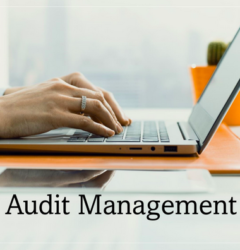

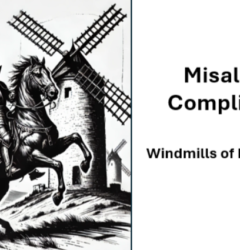

Recent Comments